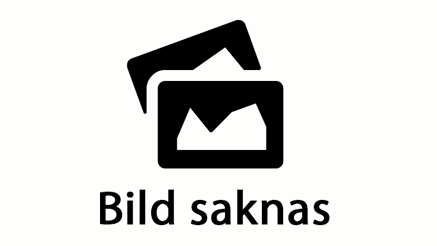Timelines
30 credit projects during the spring semester.
Step 1 (antagning.se): Middle of October.
Step 2 (project proposal form): November 30.
Step 3 (central matching): First half of December.
Step 4 (results of matching): Middle of December.
15 credit projects during the spring semester:
Step 1 (antagning.se): Middle of October.
Step 2 (project proposal form): February 15.
Step 3 (central matching): Second half of February.
Step 4 (results of matching): Early March.
30 credit projects during the fall semester:
Step 1 (antagning.se): Middle of April.
Step 2 (project proposal form): May 31.
Step 3 (central matching): First half of June.
Step 4 (results of matching): Middle of June.
15 credit projects during the fall semester:
Step 1 (antagning.se): Middle of April.
Step 2 (project proposal form): September 15.
Step 3 (central matching): Second half of September.
Step 4 (results of matching): Early October.


